Arthritis causes inflammation in the joint that increases stiffness and joint pain. The wrist joint is a complex joint made up of two bones in the forearm and 8 small carpal bones in the hand. These junctions have different articular spaces where the bones glide along each other for movement.
In between the bones there is articular cartilage that in healthy joints protects the bones and helps them glide. In joints with arthritis, the cartilage can wear down over time and can become painful as the bones no longer have a “cushion” in between them.
Who may benefit from these exercises?
Arthritis in the wrist is most common in people with osteoarthritis, rheumatoid arthritis, and post traumatic arthritis.
Even if you don’t have one of those types of arthritis, these exercises can still be beneficial.
Each exercise moves your wrist in a different motion to help get the wrist moving in a different plane of motion or movement pattern.
We use our wrists in nearly every task so it is important to keep them healthy and strong for as long as possible!
1.) Wrist Circles Clockwise

Wrist circles, also known as, wrist circumduction is a combined wrist movement of wrist flexion, wrist extension, radial deviation and ulnar deviation in one fluid movement.
You can either start by stabilizing the elbow and forearm either on a tabletop or using your other hand. Rotate your wrist in a counter clockwise circular direction.
Try and keep the forearm still so that you are only moving the wrist. The goal of this movement is to only move the wrist and not the elbow or shoulder.
If you find yourself having difficultly only moving at the wrist, try to place the forearm on an arm rest with the hand hanging freely off the edge. This helps to isolate only the wrist movement.
Repeat for 10 circles.
2.) Wrist Circles Counter Clockwise
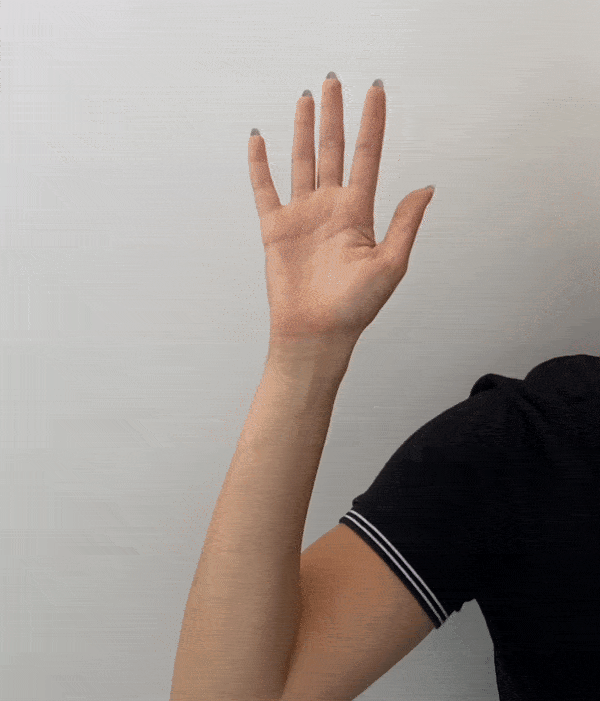
Wrist circles in counterclockwise is the same exercise as above, but you just move in the opposite direction. The same set up applies.
Start by stabilizing the elbow and forearm either on a tabletop or using your other hand. Rotate your wrist in a counter clockwise direction. Try and keep the forearm still so that you are only moving the wrist. Repeat for 10 circles.
3.) Wrist Flexion
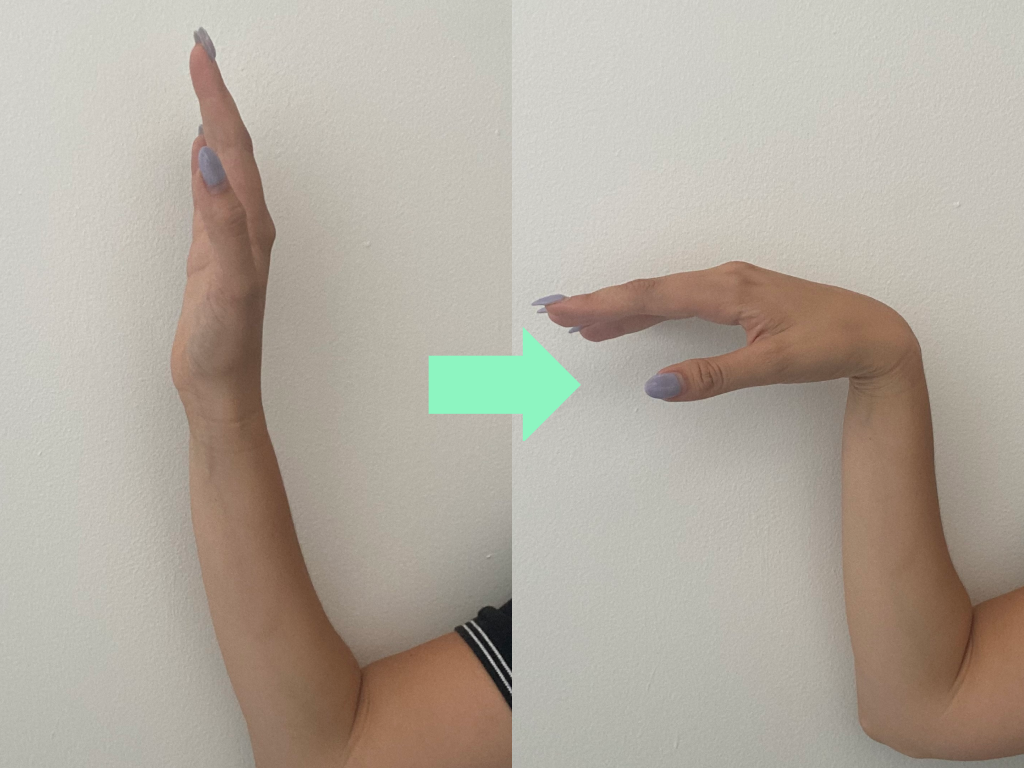
Bend at the wrist joint so the wrist moves down towards a 90 degree angle. Then move the wrist up to a neutral position. Repeat that motion 10 times.
If it is hard to stabilize the elbow you can place your forearm on an armrest or across a counter with the hand hanging freely off the edge.
This makes the movement more secure and allows you to focus only on the wrist.
4.) Wrist Extension
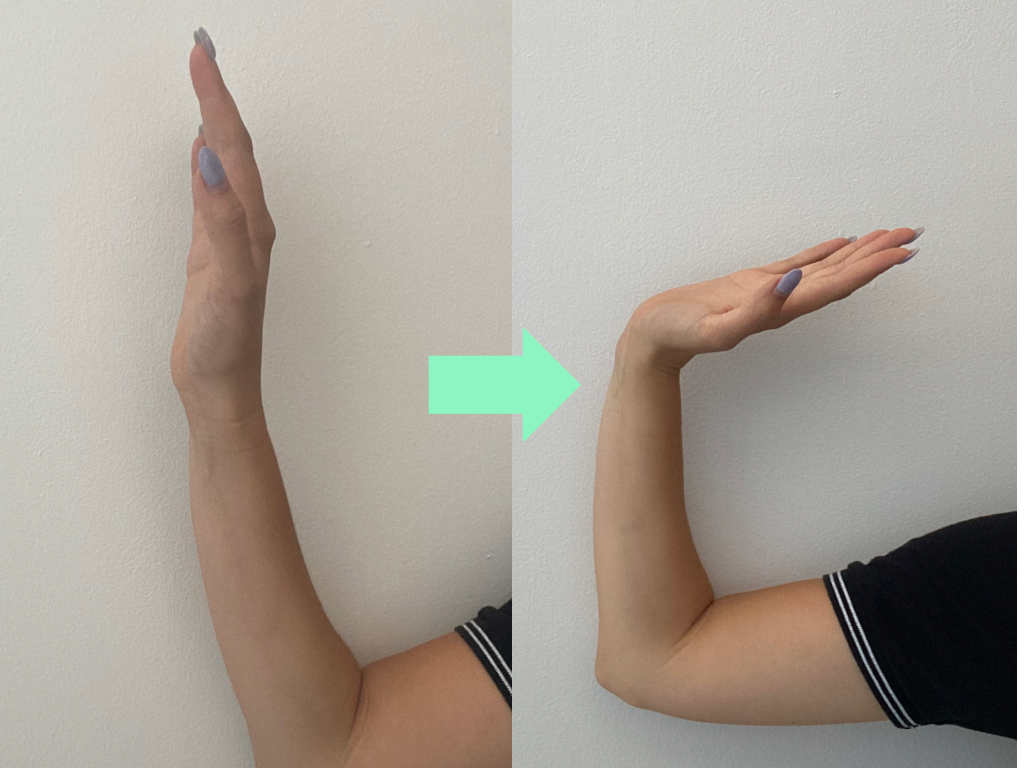
Bend at the wrist joint so the wrist moves back towards a 90 degree angle. Then move the wrist up to a neutral position. Repeat that motion 10 times.
5.) Wrist Radial Deviation
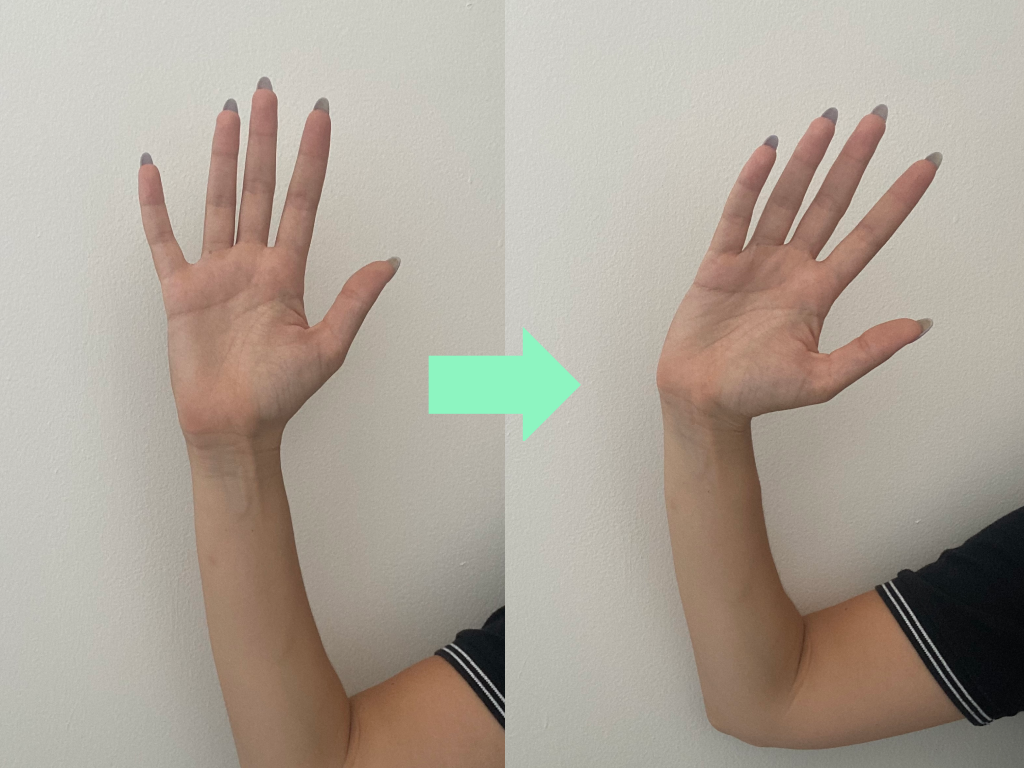
When setting up for this exercise there are a few different ways to get set up. The first, start with you hand and fingers pointed up (as shown in the image above) and then slowly move the hand to the thumb side.
The second option is a bit more stable. If you find that you are moving your whole upper body to complete it, this may be a better option for you.
Start by stabilizing the forearm flat on a surface with the hand flat. Slowly move toward the thumb side as far as you can while keeping the forearm stable. Gently move back to a neutral position. Repeat 10 times.
6.) Wrist Ulnar Deviation
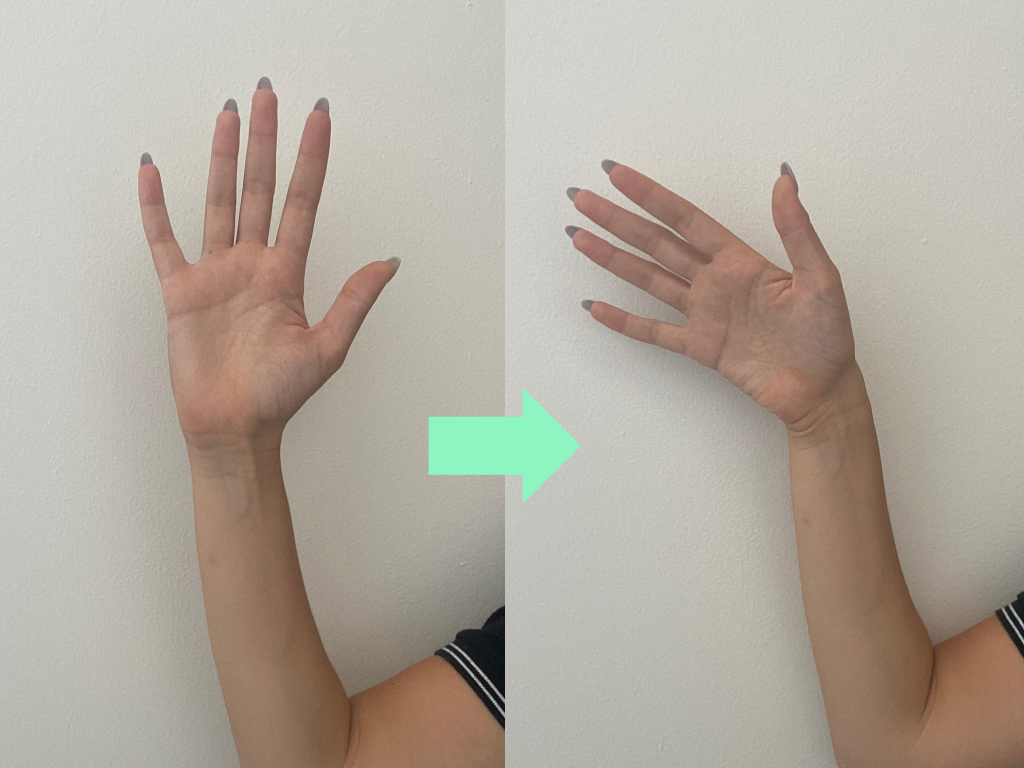
Stabilize the forearm flat on a surface with the hand flat. Slowly move toward the pinky side as far as you can while keeping the forearm stable. Gently move back to a neutral position. Repeat 10 times.
7.) Dart Throwing Motion (DTM)
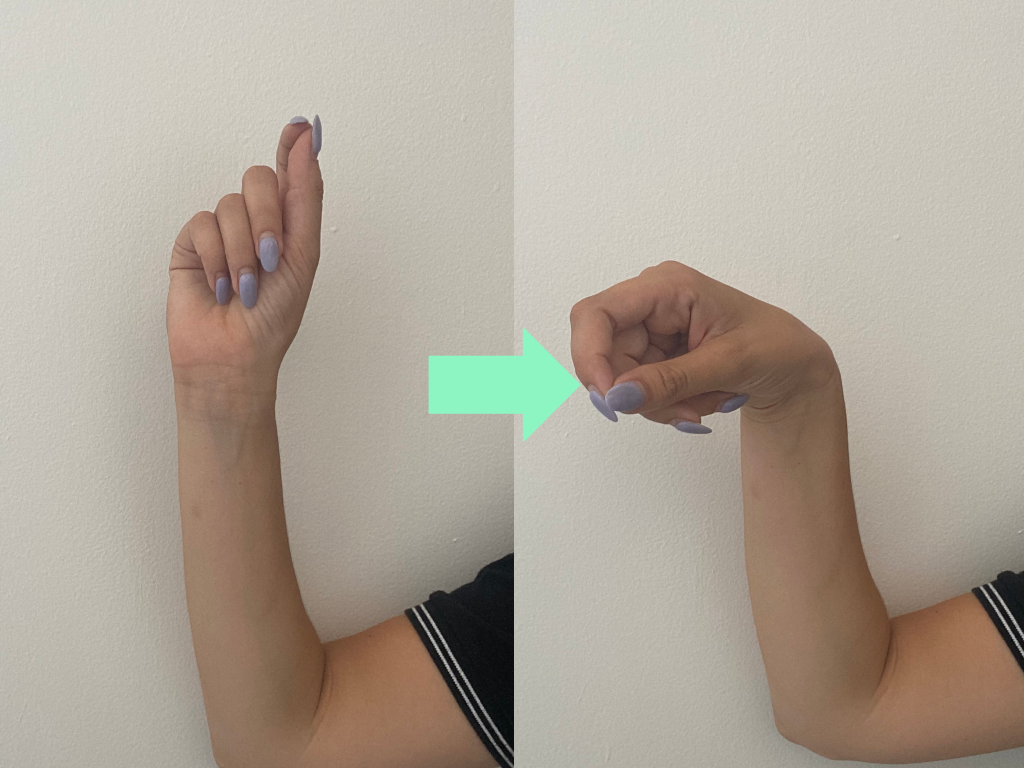
Place your elbow on a surface with fingers pointing up. Move your wrist in the motion to mimic throwing a dart. Repeat 10 times.
Tip: It helps to hold onto a pen or dart to really try and mimic the dart-throwing motion.
This movement combines the wrist movements of wrist extension, radial deviation, wrist flexion, and ulnar deviation.
While maintaining the other wrist motions (flexion, extension, rotation, deviation) is important, functionally our wrist moves more in a coupled motion. Here are some functional activities that reflect dart throwing motion🎯:
- Using a key to open a door
- Sports motions like throwing a ball, swinging a golf club, using a tennis racquet
- Using a hammer
- Bringing a phone to your ear
- Waving hi or bye
Want to make these exercises more challenging?
Keeping these exercises as written with no added weight is a great way to maintain wrist range of motion.
But, if you are looking to strengthen your wrist here are some ways to make the exercises a little more challenging:
- Add weight🏋🏻♀️: You can easily use a water bottle, a can, or even your phone to add a little weight to the wrist.
- Add resistance👍🏼: Use a resistance band and anchoring it to either the floor, under your foot, or a chair is another great option to make these exercises a little more challenging.
- Increase the repetitions📈: If 10 is too easy try going up to 15 or 20 reps before taking a break
- Hold the position⏲: Try holding the end position for 5-10 seconds longer to work the joint in that end range of motion position
Do you struggle keeping consistent with these exercises?
Reactiv has developed games that you control using these exercises instead of tapping on your phone. You use the same movements that are described here to move the game objects around.
It makes your daily routine a lot more fun to complete, and it also distracts you from the discomfort you might be feeling in your joints!
For example, in this game, you will use a combination of the exercises wrist flexion, wrist extension, wrist radial deviation, and wrist ulnar deviation to move the game pieces around.

You can try the app here:
Disclaimer: This post is for general informational purposes only. It should not be used to self-diagnose and it is not a substitute for a medical exam, cure, treatment, diagnosis, and prescription or recommendation. You should not make any change in your health regimen, exercise regimen, or diet before first consulting a physician and obtaining a medical exam, diagnosis, and recommendation. Reactiv Inc. is not liable or responsible for any advice, course of treatment, diagnosis or any conclusions drawn, services or product you obtain through this post, video, infographic, table, photos, or site.
